I didn’t know where the ferry would take me.
I mean, I knew that after twelve and a half hours I’d be standing in the port of Lerwick in Scotland’s northernmost island chain, The Shetland Islands, but I had little conception of the place. I pictured vasts stretches of flat gray rocks, heavy blankets of fog, staccato calls of seagulls, and a vacuum of people. My imaginings were like a mental version of Lightroom; they started with pictures of The Orkney Islands and then had their vibrancy and saturation dialed way, way down.
It was a drear picture fueled by the comments of various people over the years. “Oh, Shetland is much rockier than Orkney” and “Very cold and windy that far north” and “It’s quite different from Scotland” (er, it is part of Scotland) and “Get your tree fix before you go!” You get the idea.
After four days in Lerwick and around Shetland’s mainland, I feel like the islands and me are still in that awkward getting-to-know-each-other stage. Visually, they are similar to Orkney: tons of coastline, beaches of every consistency and hue, treeless hills and fields given over to sheep, and brawny winds carrying the scents and sounds of sea water, seaweed, and seagulls. Lerwick reminds me of a bigger Stromness. The landscape here is more extreme with cliffs to the north and south so massive they’d make Ireland’s Cliffs of Moher blush.
So, sure, I can grab a map and point to the Shetland Islands. I can even describe its topography in detail. But just looking at something rarely suffices in getting to know it, and in that respect I’m still trying to find Shetland.
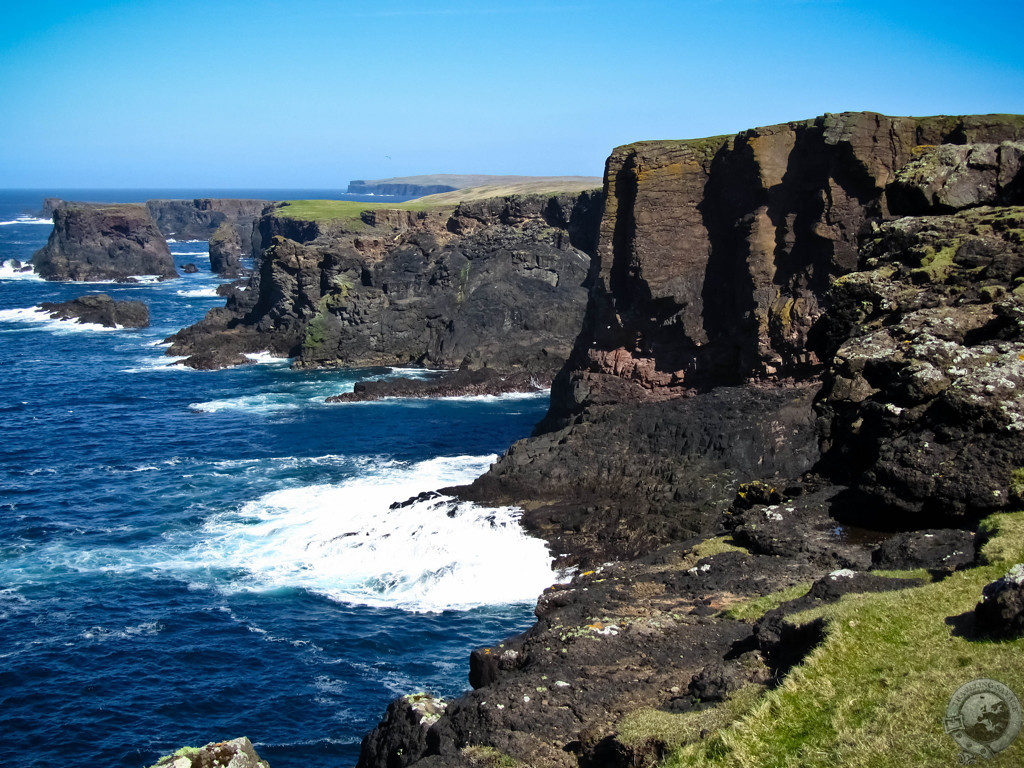
Shetland is part of Scotland, part of the United Kingdom, but it’s different from the former and even more estranged from the latter. There’s a good reason for this – Shetland was a Norwegian province for more than 500 years. It wasn’t until 1468 that The Shetland Islands began to take on Scottish influences. The King of Norway used Shetland as security for the payment of the dowry of his daughter, Margaret, in her marriage to King James III of Scotland. Even kings fall on hard times: the dowry was never paid and Shetland was eventually annexed by Scotland.
Layers of British and Scottish culture have settled on these islands in the preceding centuries, but the bedrock is still Norse. All of the place names stem from Old Norn. There are nesses, roes, wicks, voes, and brochs. Many words from Old Norn are still in use up here, and the Shetland accent is so thick that when people speak to me my most common response is “huh?”
I was struck by an old Norwegian sailor’s map I saw at Jarlshof. It showed the tip of Norway at the bottom of the map and Shetland, Orkney, the Faroes, and Scotland up toward the top. This little mental somersault made sense from a navigation point of view but challenged the typical way we see and think about things. Shetland, as one of the “stepping stones” to North America for Vikings, looked a lot closer to Norway. In trying to find a corollary for Shetland, I keep thinking of Puerto Rico. It’s an island nation that has changed hands over the years but has become its own entity while retaining echoes of the past.
Shetland feels like a distant cousin, a lost friend met decades later, a family that has found its own way in the wild. I still have a lot of finding of my own to do, but I’ll continue by keeping that old Viking map in mind.
I’d love to hear your thoughts and experiences of Shetland!

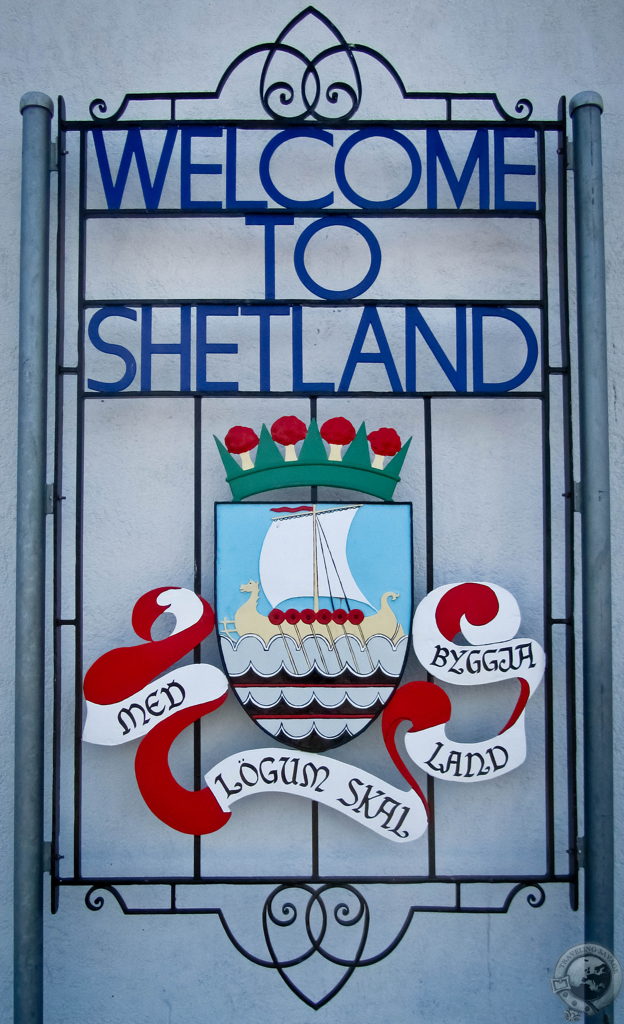
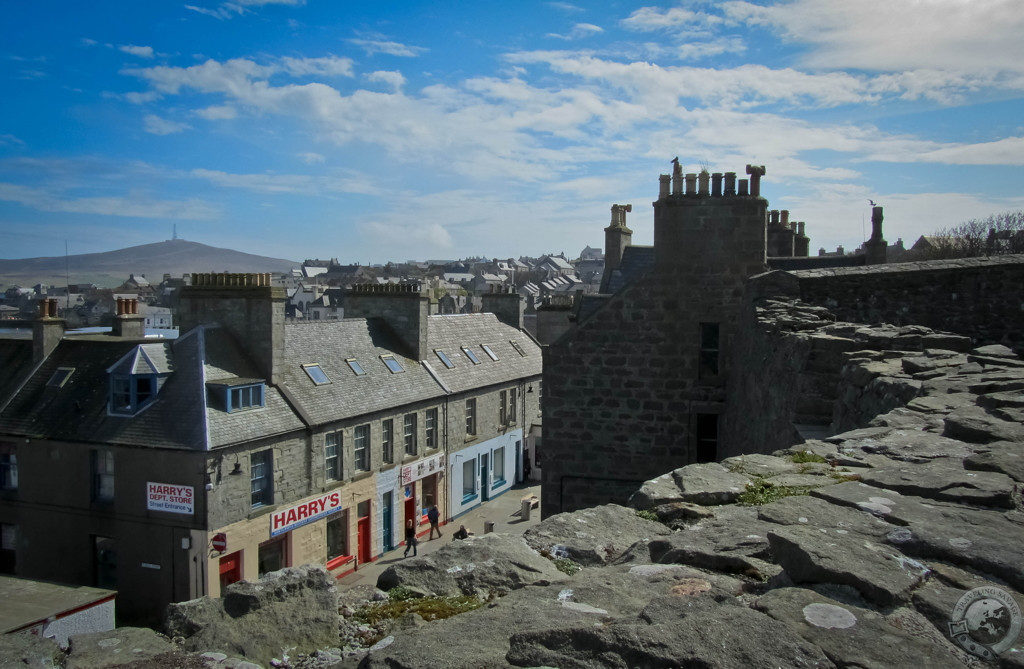
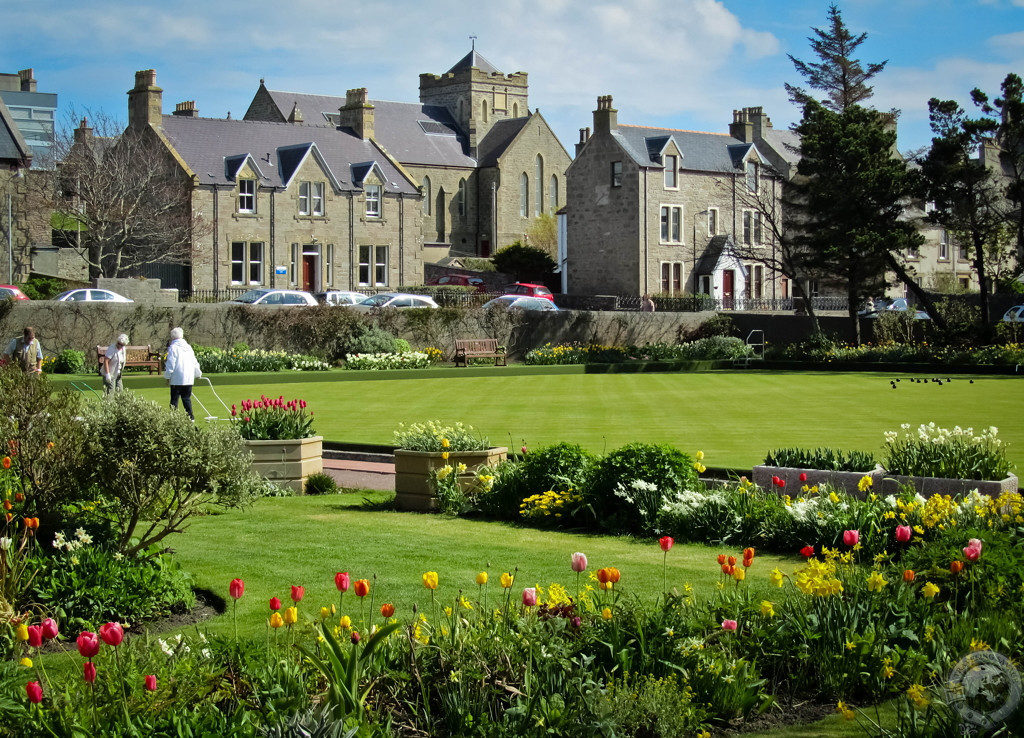
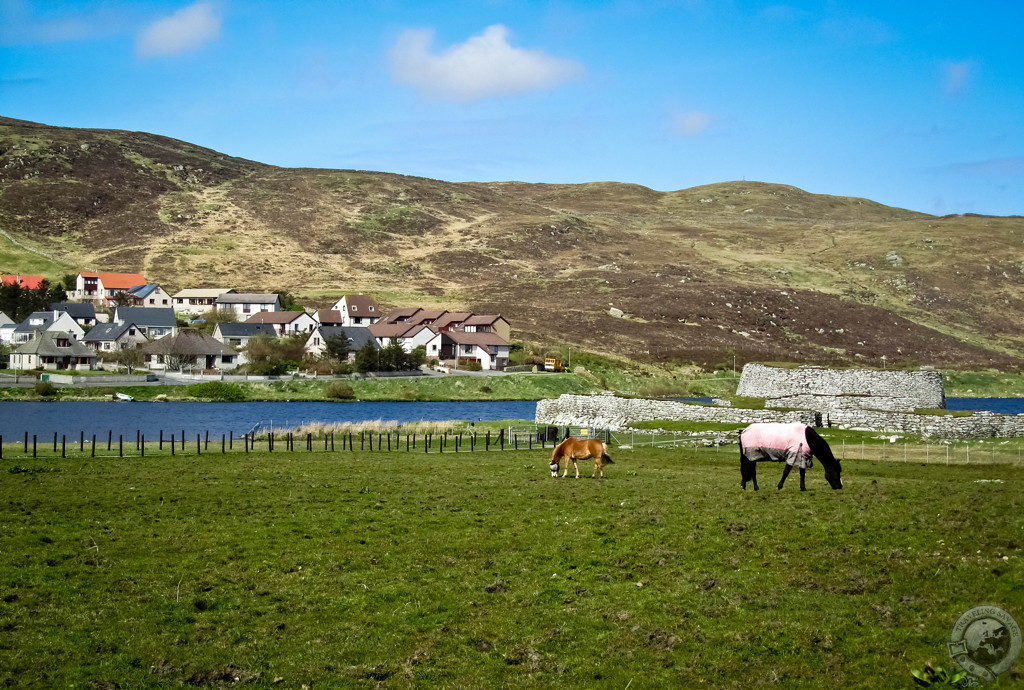
Gorgeous stuff, Keith.
I’ve heard it said (by a now-Orcadian) that Shetland is like Orkney broken into pieces, fanned out widely, and the gaps filled with bits of Scotland. Apparently everything is further away from everything else, and the terrain between is rolling and rugged. Both emptier and fuller.
Planning to get up there myself one of these days…
Did you see Foula on the way in? There was one day on Westray when we all clambered to the top of Fitty Hill and looked north, and it was so amazingly clear that there was a tiny shadow on the horizon, only truly seen out the corner of the eye – Foula, 80 miles away. That’s always stayed with me, and is part of the call of Shetland. (I don’t much like glimpses of places. They taunt the imagination).
That’s a cool description of Shetland. It does feel much bigger than Orkney, but it’s also easier to traverse because there are fewer larger islands that aren’t connected to the mainland. Shetland has much wilder, rockier, and more elevated terrain than Orkney.
I didn’t see Foula – it’s off to the west of the Shetland mainland and the ferry took us up the east side in the dark of night.
Oh, and….fancy a job while you’re there?
http://www.metro.co.uk/news/80021-the-worlds-remotest-classroom
I think I read this article when it was originally published – sounds terrifying.
Fantastic!! Filled with envy…but in a good way.
This is my first glimpse of Shetland. I’ve never actually heard of it before reading your post, although it sounds interesting. I love those rocky coastlines like in the images you have shared, it looks lovely there.
Thanks for sharing 😀
WW
I’m so happy I could introduce you to this place and show you a few glimpses. It has spectacular natural beauty and there is an air of sorrow in the outlying communities as they wither. Many people are leaving the little villages and heading to Lerwick or elsewhere.
Regarding the row of photos used in your article, did you take those or are they professional?
Hi Pat. The photos are my own. You can tell if I shot them by the little Traveling Savage watermark in the bottom right corner. It’s nice of you to ask, though. 🙂
Glad to see your camera is still holding up, in spite of its sandy bath. Beautiful photos! The cliffs definitely look more dramatic than Orkney, at least what we saw.
Keeping my fingers crossed about the camera. Right, I also think Orkney was much flatter. There are several places in Shetland where I’m basically driving up mountainsides.
Another good corollary would be the Philippines. It has changed hands from Spain to the United States and now independent. It has its own unique identity, but the American and especially the Spanish influence is very apparent.
Yeah, nice example. But the Philippines are making it on their own. From a purely economic standpoint, I’m not sure Puerto Rico or Shetland (or Scotland, for that matter) could survive as an independent nation.
I’ve just come from a five day visit to Shetland, and the place is like no where else in the UK…. Unbelievably remote and so spacious. Its simply breathtaking. Sometimes in a scary kind of way, that is, if you get a bit ‘agrophobic’!!
I can understand your “agoraphobic” point having just been into some of Shetland’s most remote and unpeopled areas. There is something magical about land that has been unspoilt by us, but why, of all things, is that the case?